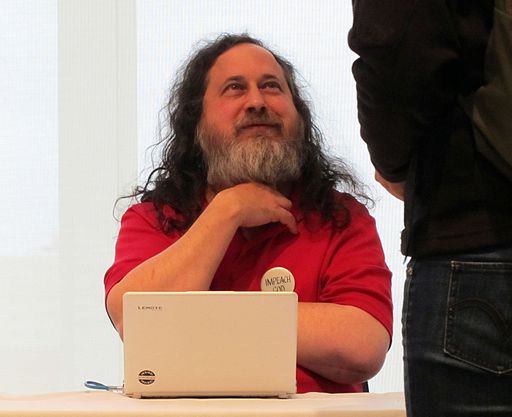Skype has announced an alpha version of a new client for Linux. Given Skype’s ownership by Microsoft, will Linux users care?
Breaking News
So Skype on GNU/Linux is finally getting something of an upgrade. This will be welcome news for some. Others will mumble “not on my machine” and go about their business. I can imagine nothing in the FOSS sphere as controversial as running a Microsoft owned product on Linux.
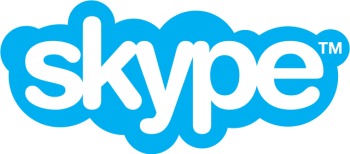 The announcement came about an hour ago via a post on the Skype site after an “exciting news for Linux users” teaser was posted on July 8. An “Alpha version of a new Skype for Linux client” has been released which uses WebRTC, and the Skype folks are eager to find testers for feedback. Downloads are available as both deb packages and RPMs. It’s stressed that this alpha version “is not a fully functioning Skype client as of yet” but it’s promised that a fully functioning version will be available pronto.
The announcement came about an hour ago via a post on the Skype site after an “exciting news for Linux users” teaser was posted on July 8. An “Alpha version of a new Skype for Linux client” has been released which uses WebRTC, and the Skype folks are eager to find testers for feedback. Downloads are available as both deb packages and RPMs. It’s stressed that this alpha version “is not a fully functioning Skype client as of yet” but it’s promised that a fully functioning version will be available pronto.
Christine Hall has been a journalist since 1971. In 2001, she began writing a weekly consumer computer column and started covering Linux and FOSS in 2002 after making the switch to GNU/Linux. Follow her on Twitter: @BrideOfLinux

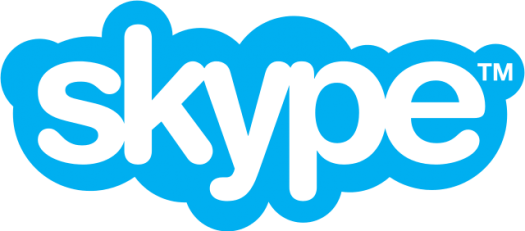
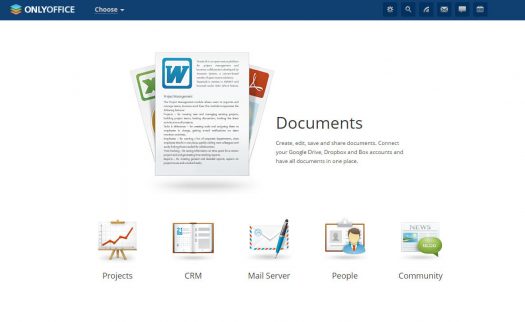

 OpenOffice, if you’ll remember, was forked by a group of developers who had been frustrated for years by roadblocks to what they saw as necessary development by Sun Microsystems, which had created the open source project out of Star Office, a proprietary suite it purchased in the late 1990s. When the situation worsened after Oracle took ownership, the developers created The Document Foundation, forked OpenOffice and released it as LibreOffice under the GPL. Improvements became evident right away, with much of the early work centering on cleaning up the bloated code base.
OpenOffice, if you’ll remember, was forked by a group of developers who had been frustrated for years by roadblocks to what they saw as necessary development by Sun Microsystems, which had created the open source project out of Star Office, a proprietary suite it purchased in the late 1990s. When the situation worsened after Oracle took ownership, the developers created The Document Foundation, forked OpenOffice and released it as LibreOffice under the GPL. Improvements became evident right away, with much of the early work centering on cleaning up the bloated code base.
 As development continued, refinements were naturally added that didn’t exist in other operating systems, many of which eventually ended up in other *nixes and even Windows, just as many new additions to Unix also ended up in the Linux kernel. But the original purpose was simply to build on what had gone before, not to create something radically different.
As development continued, refinements were naturally added that didn’t exist in other operating systems, many of which eventually ended up in other *nixes and even Windows, just as many new additions to Unix also ended up in the Linux kernel. But the original purpose was simply to build on what had gone before, not to create something radically different.
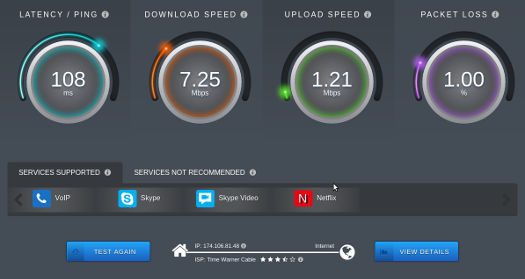

 Meanwhile, it’s been an interesting week in the world of FOSS…
Meanwhile, it’s been an interesting week in the world of FOSS…

